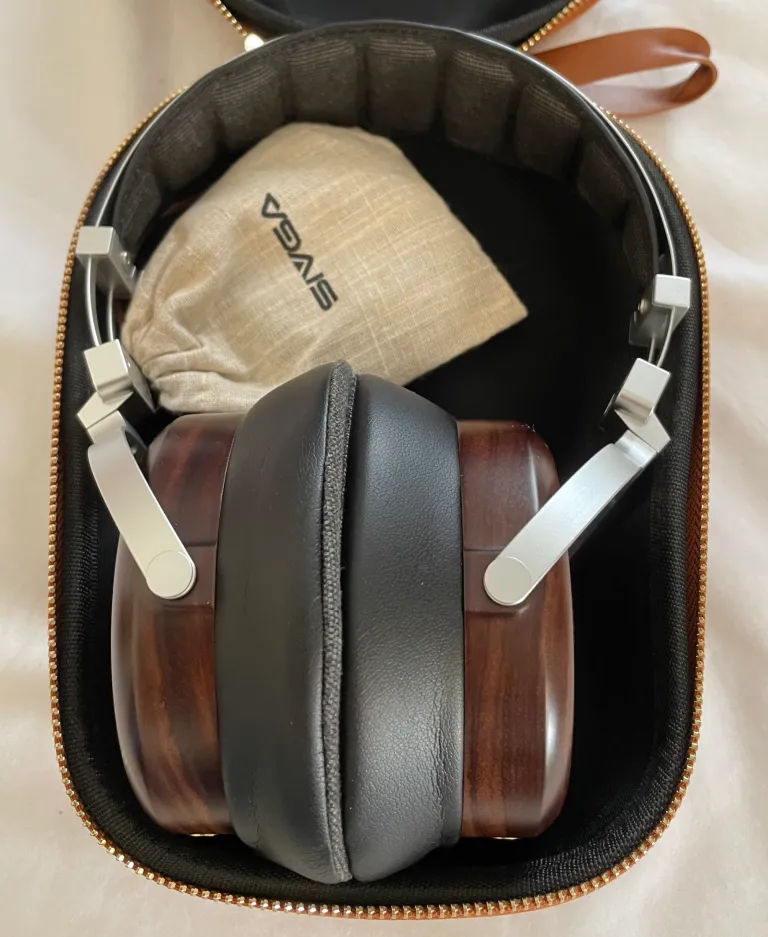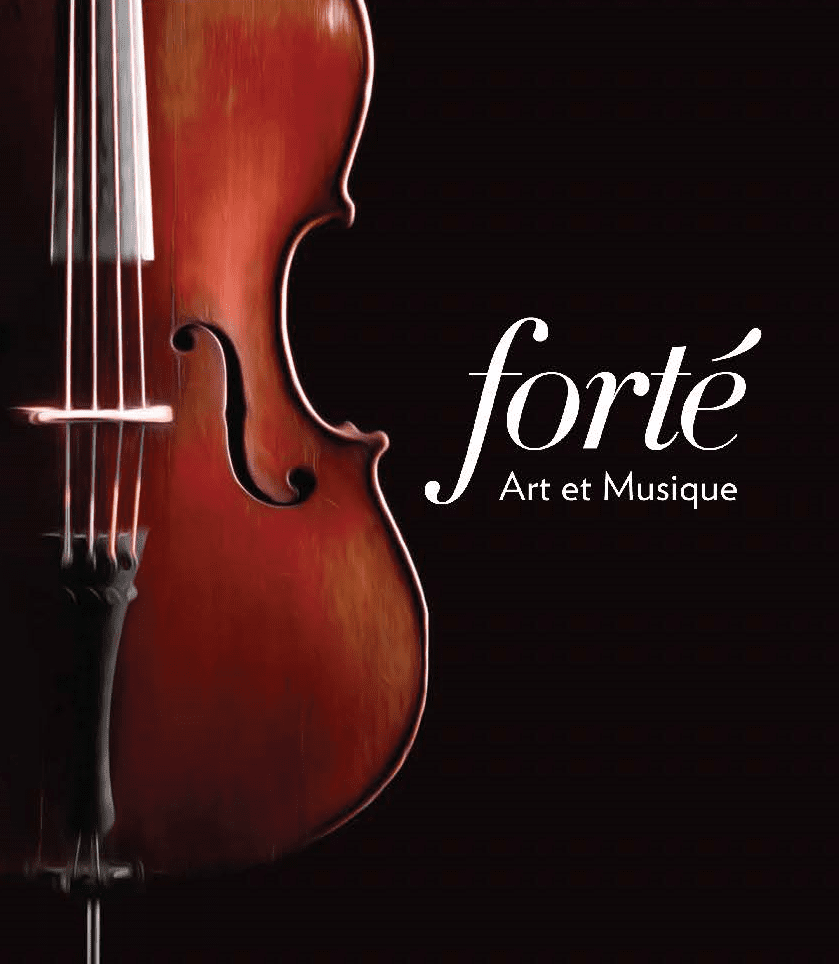
Please see This Post for a detailed rundown of our reference system.
This article first appeared in Audio Appraisal, where you can find Audio Equipment and Music Reviews, Opinions and Tutorials.
Luan – forename of many a footballer, at least three fictional characters, a Chinese county and river, and a constructional plywood used in flooring. Here, however, the name refers to the Chinese mythological bird. Red in colour with 5 distinct markings, shaped like a chicken with a song in the standard five pitches, appearing when hymns of praise are sung to rulers, accompanied by the dancing Feng. A sighting of the Luan indicates an omen of peace. The Luan is the latest headphone model by Sivga to be named in reference to a bird – first the Robin, then the Oriole, and now the Luan.
But where the Robin and Oriole were broadly similar, the Luan is a significant departure in design. It is an open-backed design with 50 mm dynamic drivers, plush padding and exquisitely machined components.
The wooden enclosures Sivga are known for are a standout part of the design in either black or mahogany brown. They are CNC machined and sanded, lacquered and polished by hand to a flawless finish. The almost seamless joints between the wood enclosures and the rear grille frames are a testament to the attention to detail that goes into manufacturing these headphones, which is even more remarkable when you consider their price point of only CA$ 449 (US$ 359, £299).
The value doesn’t stop there, either. The packaging is a smart black box with a lid that lifts off slowly to reveal a full-size hard shell carrying case. It looks a lot like the case of the Sendy Aiva but finished in a smoother, more supple leather. A drawstring hemp cloth bag contains the accessories, a 1.6 mm headphone cable and a 1/8 inch (3.5 mm) to quarter inch (6.3 mm) adapter.

The cable length is my only gripe. I wish a 3 metre cable were included. Though fine for desktop use, the included cable is too short to relax in a chair set back from your headphone amp. I enquired about this and Sivga do sell a longer cable, but don’t include it over concerns the added length may affect the sound quality. Apparently few people buy the cable as an accessory, though as it is not a widely advertised option, I can’t say I’m surprised. Fortunately, the cable connects to 3.5 mm jacks on each ear cup, so you can use any standard cable of your choice, including a balanced cable if that is your preference.
On the plus side, however, the padding is exquisite. The ear pads are made of protein leather and memory foam, and faced with a soft velvet. They’re a conical ovoid shape that encircles the ear and provides a good acoustic seal, with perfect clamping pressure from the steel headband. They are extremely comfortable—more so perhaps than the Aiva. They weigh 354 grams but you wouldn’t know it.

They use a suspension headband design whereby the ear cups themselves are fixed to the frame, and the suspension band across the top adjusts to provide support across the top of your head. There’s hardly any pressure on the top of the head and just the right amount to the sides, applied by two spring-steel bands forming the arches at the top of the band. I could wear them all day.
The open-backed design will take some getting used to if you’ve never experienced it before. The rear of each ear cup housing has a mesh grille for protection, but that grille is (mostly) acoustically transparent. The result is that the driver operates effectively in open air with no physical barrier besides the barrier of the front and rear grilles and the driver itself. The shape of the ear pad forms an enclosed chamber around your ear so some external noise is blocked, but a good open-backed design almost lets you hear ‘through’ the driver, so to speak.

This means you can hear what’s around you, and the headphones do leak sound more than a closed-back or semi-closed design so everyone else in the immediate vicinity can hear what you’re listening to. This isn’t a problem for private listening, though using them in an office or a family room will probably raise complaints, depending on your musical taste.
The advantages, however, besides increased situational awareness, is an improved stereo image. Just like when you listen with a pair of loudspeakers, the room and the reflections within it play a part in the sound you hear. It’s a bit like listening to a pair of nearfield loudspeakers, but with holographic imaging and the obvious awareness of the headphones clamped to your head.
The driver diaphragm comprises a nickel-coated carbon-fibre composite dome which dissipates and suppresses excessive vibration effectively, and is lightweight and rigid with a highly elastic driver surround. It is driven by a copper clad aluminium coil and a 24.5mm, 350KJ/M rare earth Neodymium magnet
Quoted specs are 100 dB +/- 3dB sensitivity, 38Ω +/-15% impedance and a 20Hz – 40kHz frequency response, with no reference measurements or roll-off given in the spec. I was provided the below graph to illustrate the frequency response.

There is a significant dip at 1kHz and some boosting in the bass and the highs. These aren’t going to give you the low-end impact of the Audio-Technica ATH-M70, nor the awful ‘head stuck in a plastic bucket’ impression of Sennheiser’s HD598s. The vibe is chill as the kids would say. It’s a soft sound with a slight lower mid emphasis. I’ll take this over a high-bass emphasis as the Luan’s colour gives it a warmer tone, whereas high-bass (500Hz to 1kHz or so) grates after a while. So while they won’t score marks for neutrality, they land high on the pleasant scale.
The mids are the standout quality by far. Vocals are expressive and highly nuanced, aided by excellent imaging. Other reviewers have noted the lack of a ‘huge sound stage’ as being a disadvantage. But what the Luan don’t do is create a false image using enclosure trickery. To my ear, the stereo image is one of their strongest suits and is dictated by the source material, and to extent the quality of the amplification.
The Luan are easy to drive. Your smartphone or laptop will have no trouble driving them to uncomfortable levels. Their character doesn’t change when you provide them some real power with a dedicated amp, in this case my reference Topping A90D. But you get more. More ‘oomf’ in the bass, a cleaner presentation all the way through the midband, and better top-end extension with more stable imaging and more accurate detail. They lap up that power too, never seeming to struggle with the extra juice.
Speaking of the top end, there’s a bit of a high-end boost for extra snap which slightly emphasises cymbal strikes and decay, vocal rasp, and the nuances of strings. If the Luan were ruler flat through the bass and into the midband this would probably lend itself to excessive brightness and ultimately fatigue. But in reality the blend is pleasing to the ear, and ‘just right’, giving the sound a bit of added sparkle without being overbearing.

The Sivga Luan is an attractive package if you’re seeking open-backed headphones that offer a pleasant if not strictly neutral listening experience. Beautifully built and generously accessorised out of the box, you get a heck of a lot for your money. They’ll delight listeners who find Audio-Technica and Beyerdynamic a bit too clinical, but who, like me, can’t stand the closed, muffled, boxy sound that seems to have become the signature of Sennheiser and AKG, among others, in recent years. These are not for bass junkies, and they’re not advised for use in public or in communal environments. But if you seek exquisite build quality, a thoroughly enjoyable listening experience, and maximum value for money, you’ll find all three here. The Sivga Luan earn my unreserved recommendation. Keep ‘em coming, Sivga.
For more, visit Audio Appraisal, where you’ll find Audio Equipment and Music Reviews, Opinions and Tutorials.





Leave a Reply